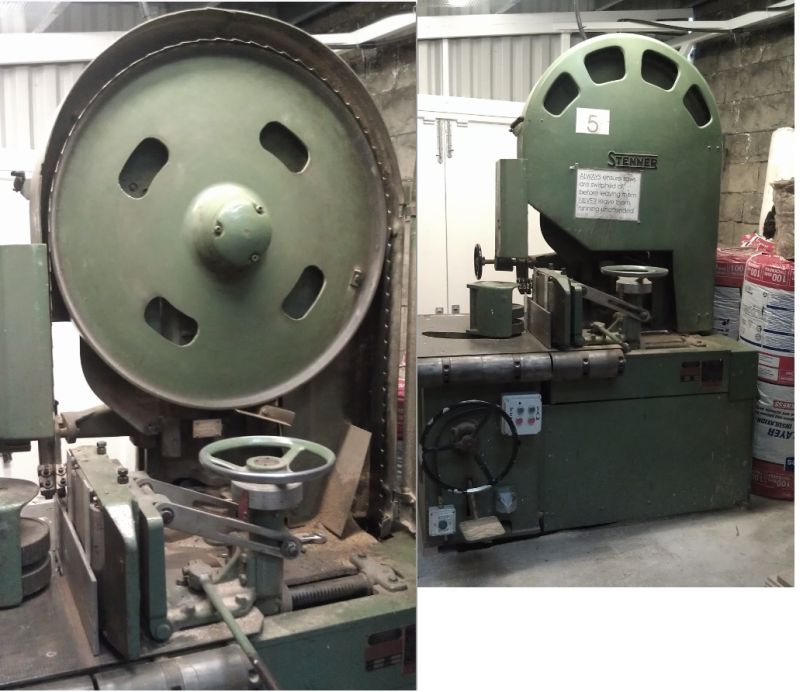Question
Do any of you make your own zero clearance table saw inserts out of MDF? If so, what is the best way, and can you see a big difference in cut quality over factory-provided inserts?
Forum Responses
(Cabinetmaking Forum)
From contributor J:
I buy the blanks from the box stores, like Home Depot or Lowes. I made one for blades and dadoes. Yes, the difference is major if you're working with veneered plywood.
I don't think a cabinetmaker should have to buy throat plates any more than he or she should have to buy a push stick. Making these types of things is just part of being a cabinetmaker.
I do make them from MDF because it is inexpensive and I can plane it to thickness in my planer without dulling the knives (like with particleboard or plywood). I use a saw factory throat plate to make a rough pattern, which I then refine so it fits fairly tight. I save that first one for a flush trimming pattern.
For most saws, you can find a width dimension that fits well and then rip a bunch of MDF strips to that size. Then crosscut them a little longer than net size and use the master pattern to trace the shape on the ends (usually round).
I like to bandsaw first, leaving a little MDF on the waste side of the line before I flush trim them while they are screwed to the master pattern. MDF comes in a lot of thicknesses and I use one that can be planed so it is exactly flush with the saw table top - that is important. If you don't have a planer, you can make them thinner than the depth of your insert hole and then use screws underneath as levelers. The saw kerf in them gets larger over time, so I only use a fresh one when I am cutting something that needs a perfect cut on the bottom. For general sawing I use one of my worn out ones. I have ones for dadoing and also common angles like 45 degrees and 22.5 degrees. I made them of hardwood for years, until I discovered MDF. It's just easier to shape and costs less. The hardwood ones did hold a tight slot longer, though, and they are stiffer. If I am doing a routine that requires a super stiff throat plate, I glue a 1.5" cleat to the underside of the MDF throat plate. I flip mine end for end and side for side as they wear out. That gives me 4 fresh kerfs per plate. Make them fairly tight and they will stay "zero" longer.
In this order:
1-plywood
2-particle board
3-solid wood
4-MDF
If you know how to sharpen a chisel, take a sharp one to a piece of MDF. Now try a piece of oak.
